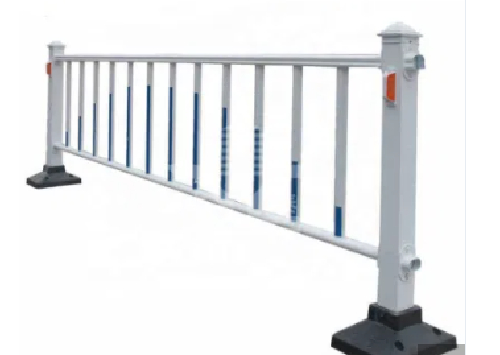The Importance of Acoustic Noise Barriers
In our increasingly urbanized world, noise pollution has emerged as a significant concern for both the environment and human health. One of the most effective solutions to mitigate urban noise is the installation of acoustic noise barriers. These structures play a critical role in reducing sound transmission from sources such as highways, railways, and industrial operations to residential and sensitive areas. This article discusses the importance, design, and benefits of acoustic noise barriers.
Understanding Acoustic Noise Barriers
Acoustic noise barriers are specially designed structures that absorb, reflect, or deflect sound waves, preventing them from reaching nearby communities. They are commonly made from materials such as concrete, wood, metal, and various composite materials that vary in size, shape, and density to optimize sound absorption. The primary goal is to create a physical separation between the noise source and the receiver, thereby reducing the impact of noise pollution on people's daily lives.
Importance of Acoustic Noise Barriers
The importance of acoustic noise barriers cannot be overstated. Firstly, they enhance the quality of life for individuals living near high-noise areas, such as highways and airports. Excessive noise can lead to increased stress levels, sleep disturbances, and long-term health issues like cardiovascular diseases. By effectively reducing noise levels, these barriers contribute to a healthier, more peaceful living environment.
Secondly, acoustic barriers promote a better environment for wildlife. Many species are sensitive to noise pollution, which can interfere with their communication, mating, and feeding behaviors. By implementing noise barriers, we can help protect local ecosystems and biodiversity, allowing wildlife to thrive in urban areas.
Design Considerations
ac noise barrier

The design of acoustic noise barriers is crucial in determining their effectiveness. Key factors include height, length, and material choice. Barriers must be tall enough to block the line of sight between the noise source and the receiver, effectively shielding occupants from intrusive noise. The length of the barrier is also critical; it should extend beyond the source of noise on either side to prevent sound waves from bypassing the installation.
Materials play a vital role in sound attenuation. Dense materials such as concrete are highly effective at reflecting sound waves, while porous materials can absorb them. In many cases, a combination of both types is employed to maximize sound reduction. Additionally, aesthetic considerations are increasingly important, as communities often prefer solutions that blend seamlessly with the natural landscape or urban environment.
Benefits of Acoustic Noise Barriers
The benefits of acoustic noise barriers extend beyond noise reduction. These structures can also provide visual screening, enhancing privacy for residents. Moreover, in certain cases, they can help control soil erosion and improve safety by preventing errant vehicles from leaving the roadway.
Economically, the deployment of acoustic barriers can lead to increased property values in areas formerly plagued by noise pollution. Homebuyers often prioritize quietness and proximity to nature, and a noise barrier can make previously unattractive properties far more desirable.
Conclusion
In conclusion, acoustic noise barriers are an essential component of urban planning and environmental management. They not only mitigate the adverse effects of noise pollution on human health and wildlife but also contribute to more pleasant living conditions and property values. As cities continue to grow and expand, the need for effective noise management strategies, including the use of acoustic barriers, will only become more critical. By embracing these solutions, we can create more harmonious urban environments where residents and wildlife coexist peacefully.
-
Why Galvanized Trench Cover Steel Grating Resists Corrosion
NewsJul.10,2025
-
The Versatility and Strength of Stainless Expanded Metal Mesh
NewsJul.10,2025
-
Load Calculations in Steel Grating Platforms
NewsJul.10,2025
-
Keeping Pets and Kids Safe with Chicken Wire Deck Railing
NewsJul.10,2025
-
Hole Diameter and Pitch for Round Perforated Metal Sheets
NewsJul.10,2025
-
Aluminium Diamond Mesh in Modern Architecture
NewsJul.10,2025
Subscribe now!
Stay up to date with the latest on Fry Steeland industry news.

